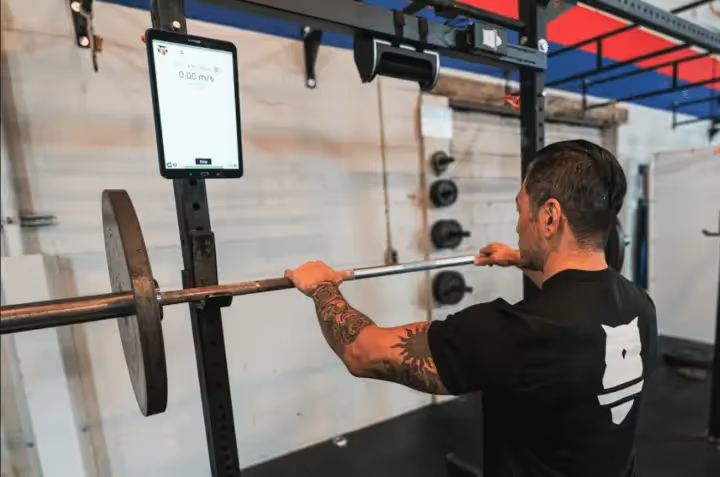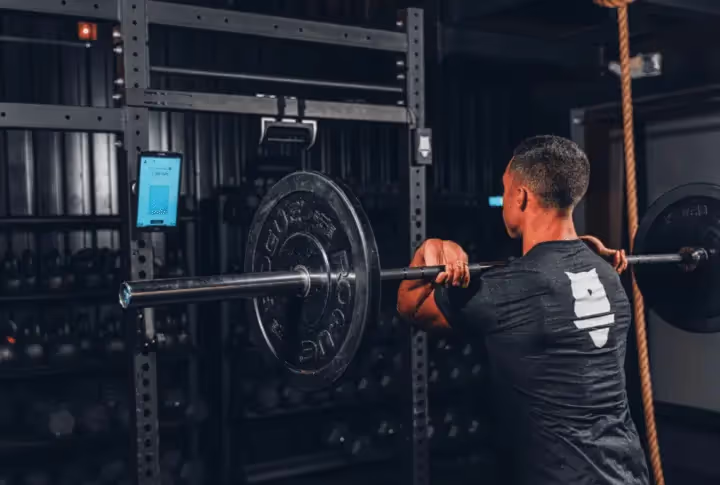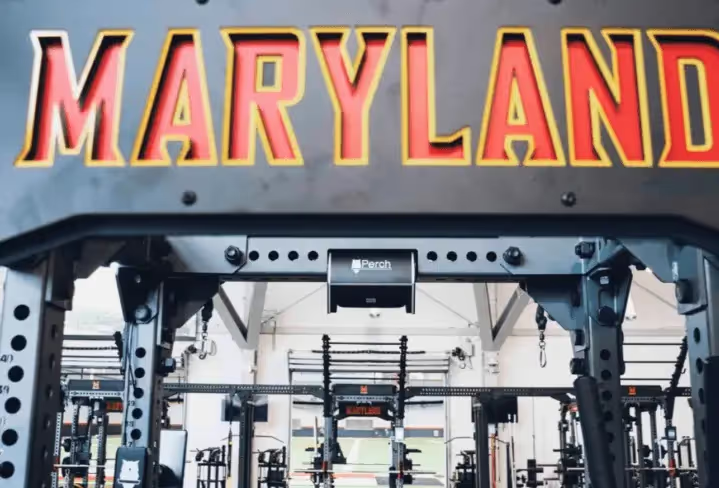Unveiling the Power of Load Velocity Profiling: A Coach's Guide to Athlete Optimization

In the realm of sports performance and strength training, the pursuit of excellence is unending. Coaches and athletes alike strive for that edge that will propel them to greatness. One such edge that has emerged in recent years is the science of Load Velocity Profiling (LVP). For strength and conditioning coaches who haven't delved into this technique yet, this comprehensive guide will explore what Load Velocity Profiling is, why it's crucial, and how it can significantly impact athlete performance while offering touchpoints and a roadmap for progress.
The Essence of Load Velocity Profiling
Load Velocity Profiling, often referred to as LVP, is a method of quantifying an athlete's performance by measuring the velocity at which they move a load. In a nutshell, it's about using data to analyze how fast an athlete can lift a specific weight. The beauty of LVP lies in its precision; it provides coaches with a deeper understanding of an athlete's muscular qualities and, critically, the propensity for injury.
Key Metrics in Load Velocity Profiling
Before we delve into the practical applications of LVP, let's explore the essential metrics used in the process:
Mean Velocity: This metric provides insight into an athlete's average lifting speed during a set. It's a key indicator of strength and power output.
Peak Velocity: Peak velocity, on the other hand, represents the highest speed achieved during a lift. It reflects an athlete's explosive strength and the maximum force they can generate.
Repetitions in Reserve (RIR): RIR measures the number of repetitions an athlete could have performed before reaching failure. It serves as a valuable gauge for setting training intensities.
Why Load Velocity Profiling Matters
Setting Benchmarks:
LVP empowers coaches to set precise benchmarks for each athlete. By understanding an athlete's mean and peak velocities for various loads, coaches can establish target velocities that align with training goals—whether it's building strength, power, or hypertrophy.
Individualization:
No two athletes are the same, and LVP acknowledges this. It allows coaches to tailor training programs to an athlete's unique capabilities and needs, ensuring maximum effectiveness.
Injury Prevention:
One of the most significant advantages of LVP is its potential to predict and mitigate injury risk. By assessing an athlete's performance under different loads, coaches can identify weaknesses or imbalances that may predispose an athlete to injury.
Practical Applications of Load Velocity Profiling
Now, let's dive into real-world examples of how LVP can benefit coaches and athletes.
Monitoring Progress Over Time:
LVP provides a roadmap for progress. Imagine a sprinter who wants to improve their explosive strength for faster starts. By consistently monitoring their peak velocity in squat exercises, a coach can track their progress and make data-driven adjustments to the training plan.
Injury Prevention:
In another scenario, consider a basketball player with a history of knee issues. By regularly assessing the athlete's mean velocity and RIR, the coach can identify when the athlete's form begins to deteriorate under heavy loads, a sign of potential injury risk. Adjustments can then be made to prevent injuries.
Optimizing Training Intensity:
LVP also helps coaches prescribe the optimal training intensity for each session. Instead of relying solely on percentages of one-repetition max (1RM), coaches can use velocity data to precisely prescribe loads that match the athlete's current capabilities and fatigue levels, reducing the risk of overtraining or undertraining.
Success Stories with Load Velocity Profiling
To underscore the impact of LVP, let's explore a couple of success stories from the world of sports performance and strength training:
Story 1: The Marathon Runner's Transformation:
A coach working with a marathon runner used LVP to improve their leg strength, particularly in the latter stages of a race. By consistently tracking peak velocities in squat exercises and tailoring the training program accordingly, the athlete experienced a remarkable increase in their ability to maintain pace and avoid late-race fatigue.
Story 2: Injury Prevention in a High School Basketball Team:
A strength and conditioning coach working with a high school basketball team implemented LVP to identify injury risk factors among the athletes. By closely monitoring mean velocities and RIR in compound movements like deadlifts and squats, the coach was able to design individualized injury prevention programs, reducing the incidence of injuries and keeping the team in peak condition throughout the season.
The Future of Performance Optimization with Load Velocity Profiling
In the ever-evolving world of sports performance and strength training, Load Velocity Profiling stands as a game-changer. It empowers coaches to set precise benchmarks, individualize training programs, and safeguard athletes against injury—all while providing a roadmap of progress over time.
While implementing LVP may seem daunting at first, advanced technology like Perch can simplify the process. Perch offers precision sensors and real-time data analysis, making Load Velocity Profiling accessible to coaches at any level. With Perch, coaches can easily collect and interpret velocity data, enhancing their ability to optimize athlete performance and take their training programs to the next level.
Conclusion
In conclusion, Load Velocity Profiling isn't just a tool; it's a game-changer in the world of sports performance and strength training. By incorporating LVP into your coaching repertoire, you can set benchmarks, tailor training programs, prevent injuries, and ultimately guide your athletes toward peak performance. So, take the leap into the future of coaching, and harness the power of Load Velocity Profiling to unlock your athletes' full potential.
Read more about Perch here! And check out Product Videos here. And our support website here.
Back to basics? Review the origins of VBT and Strength Training!

Start Gathering Data With Perch Today!
Reach out to us to speak with a representative and get started using Perch in your facility.


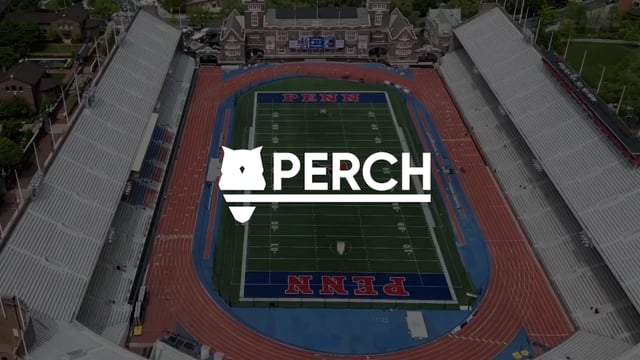


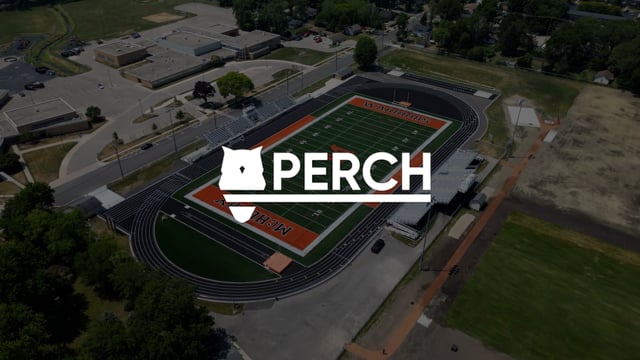



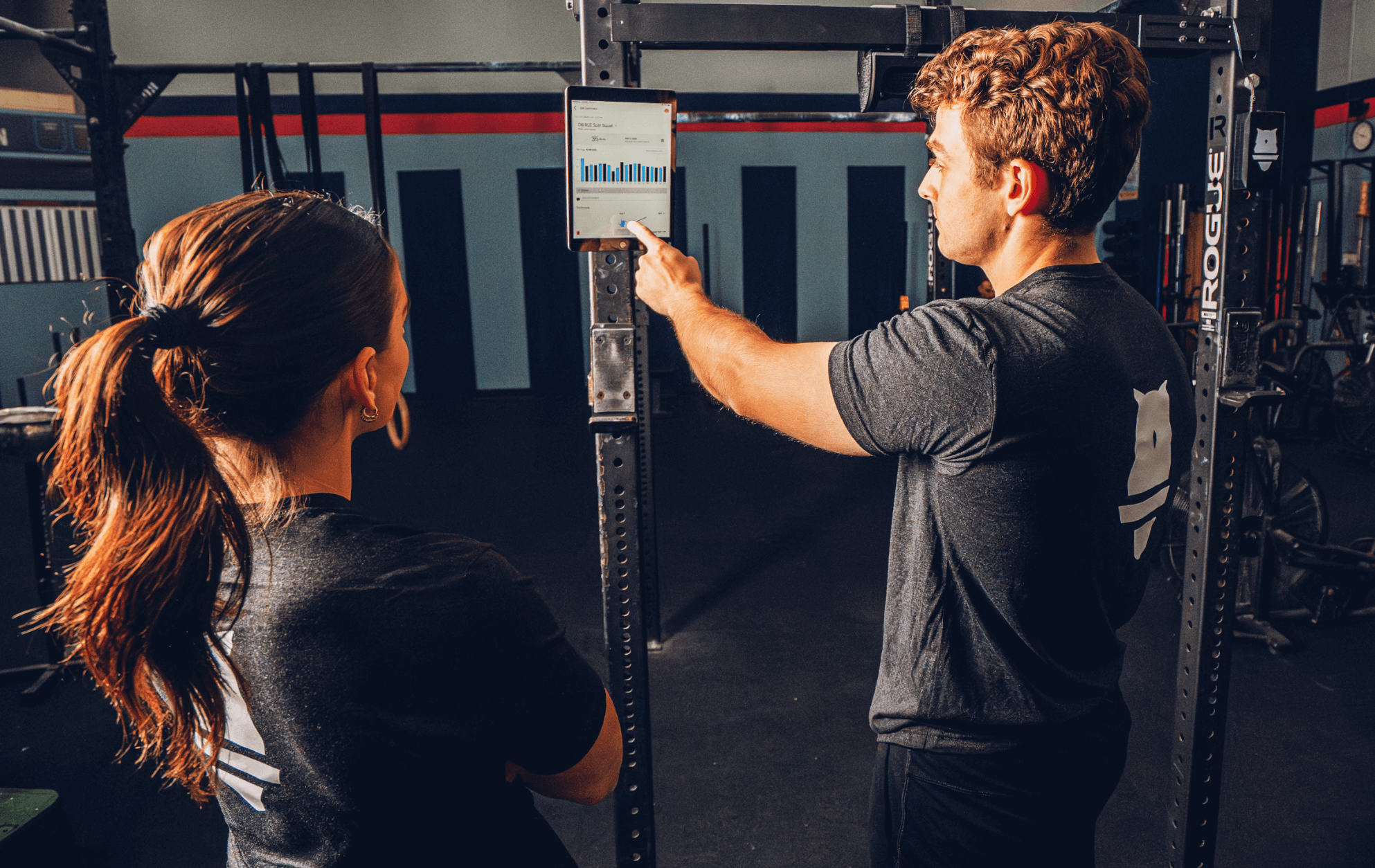































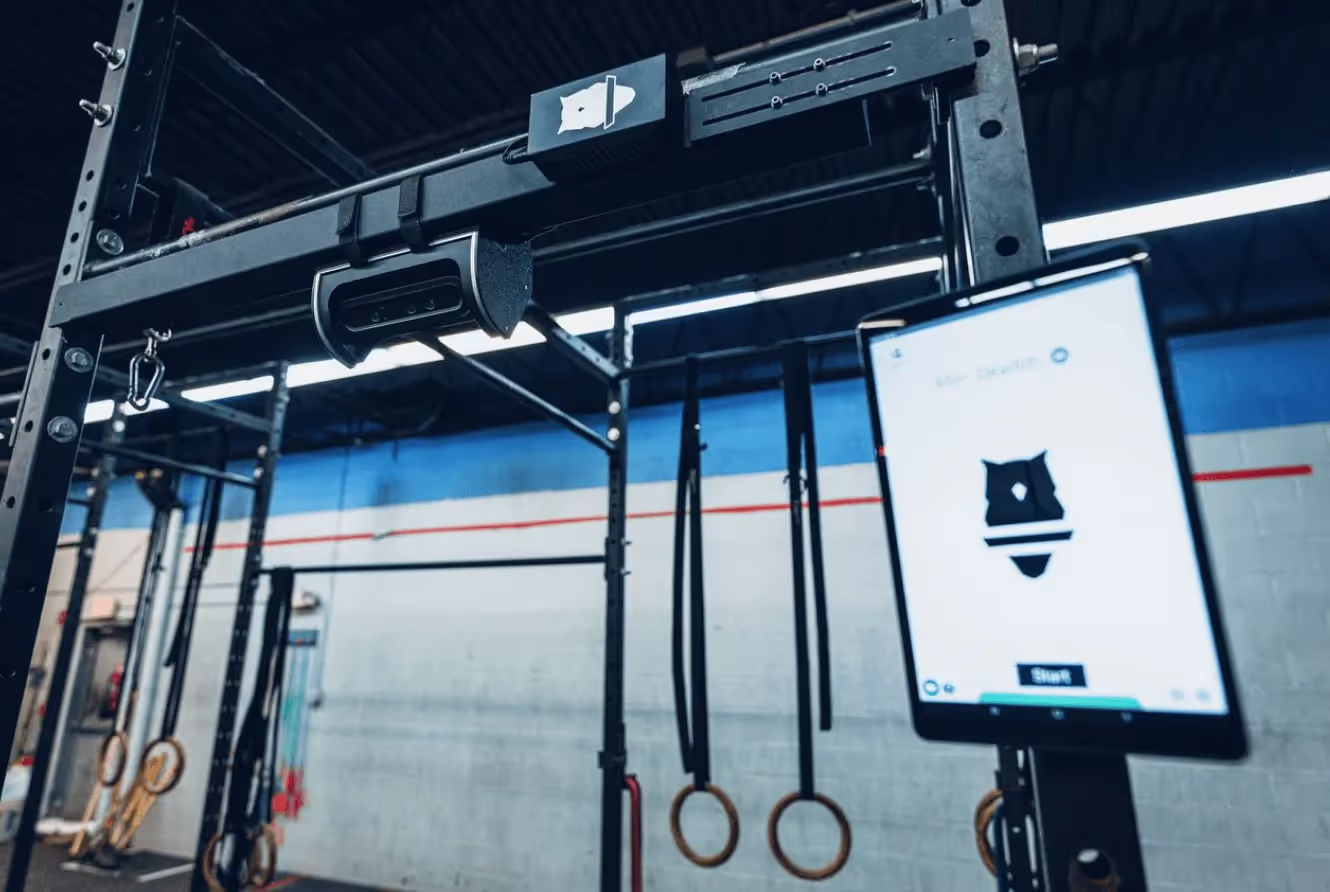
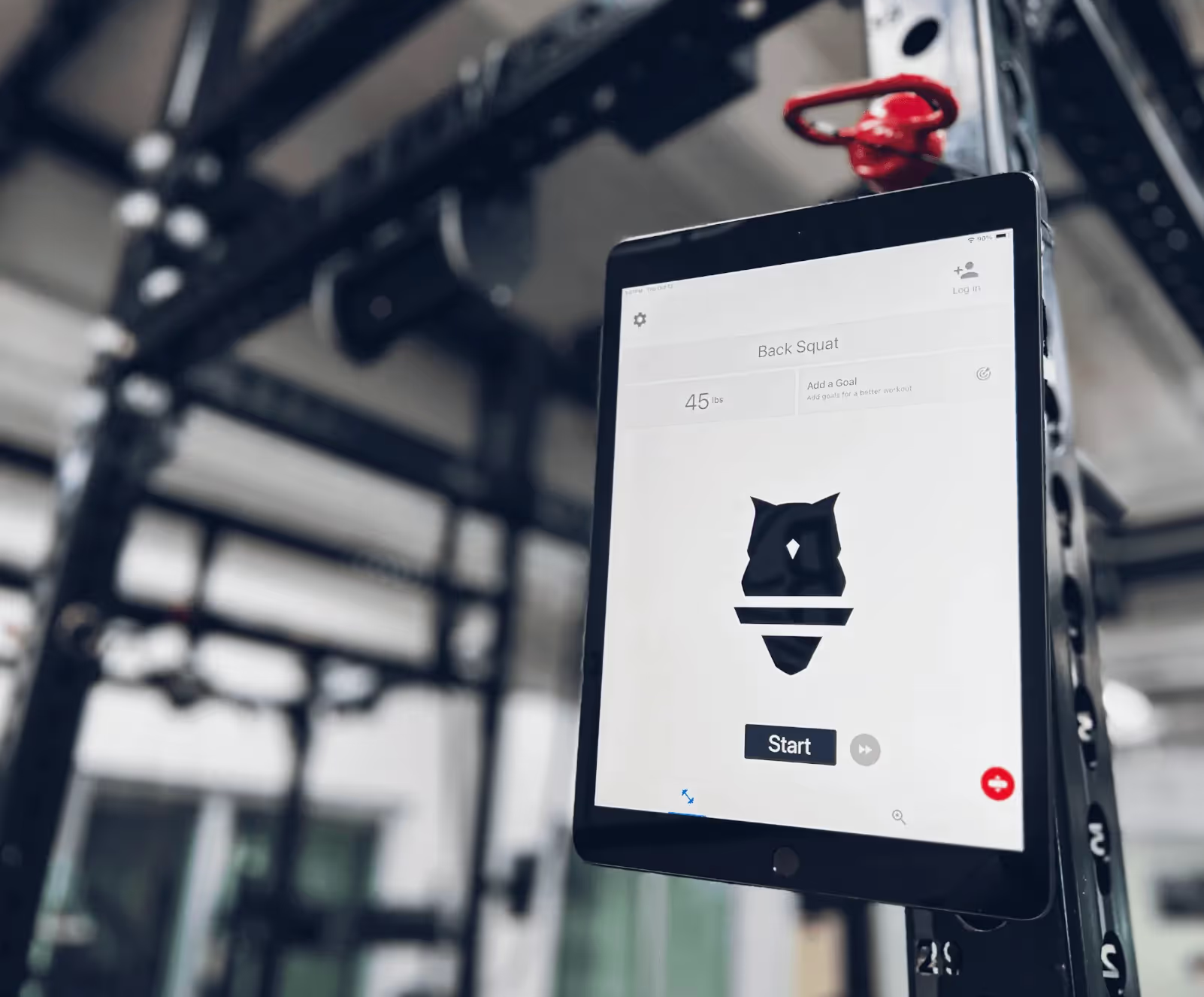



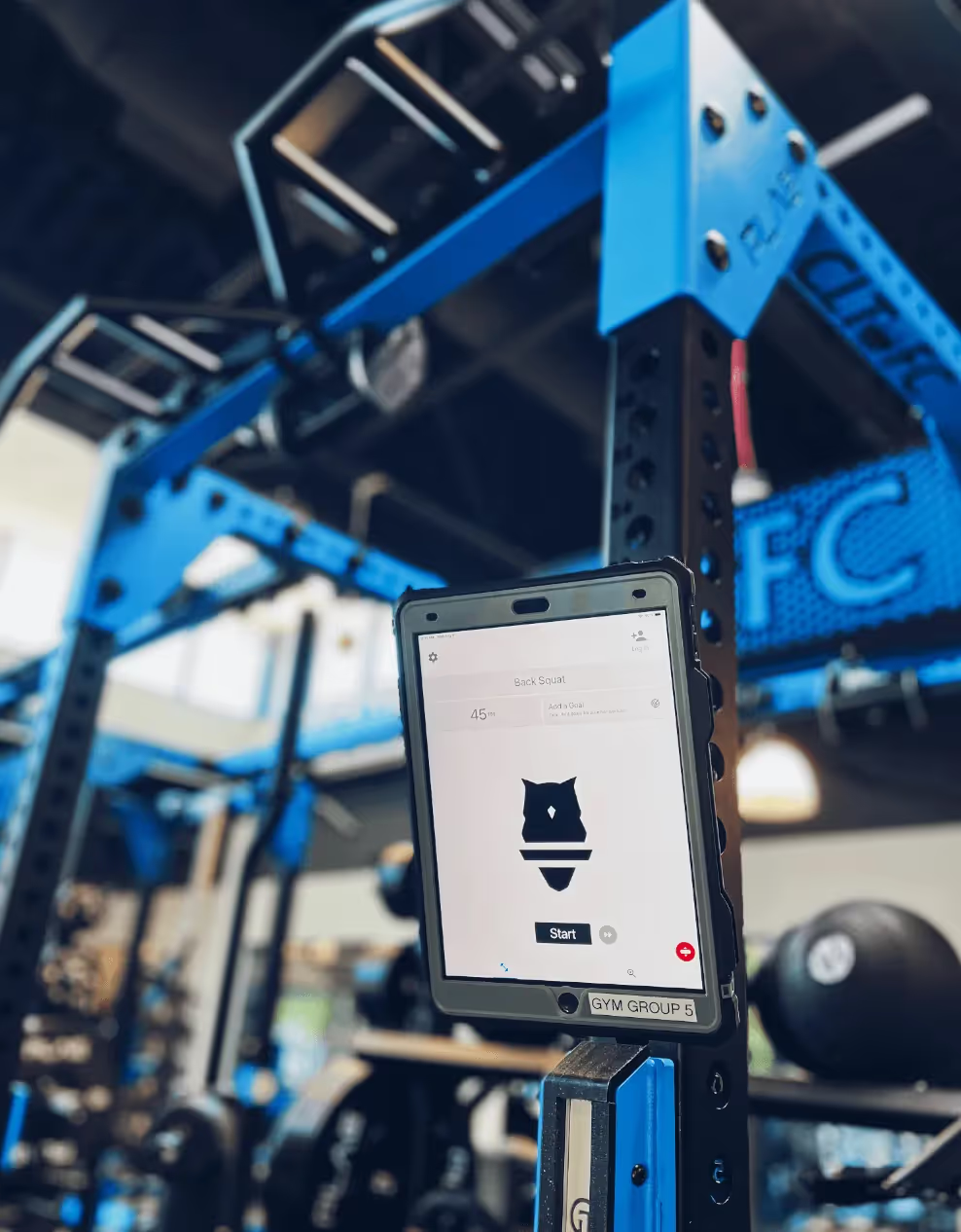
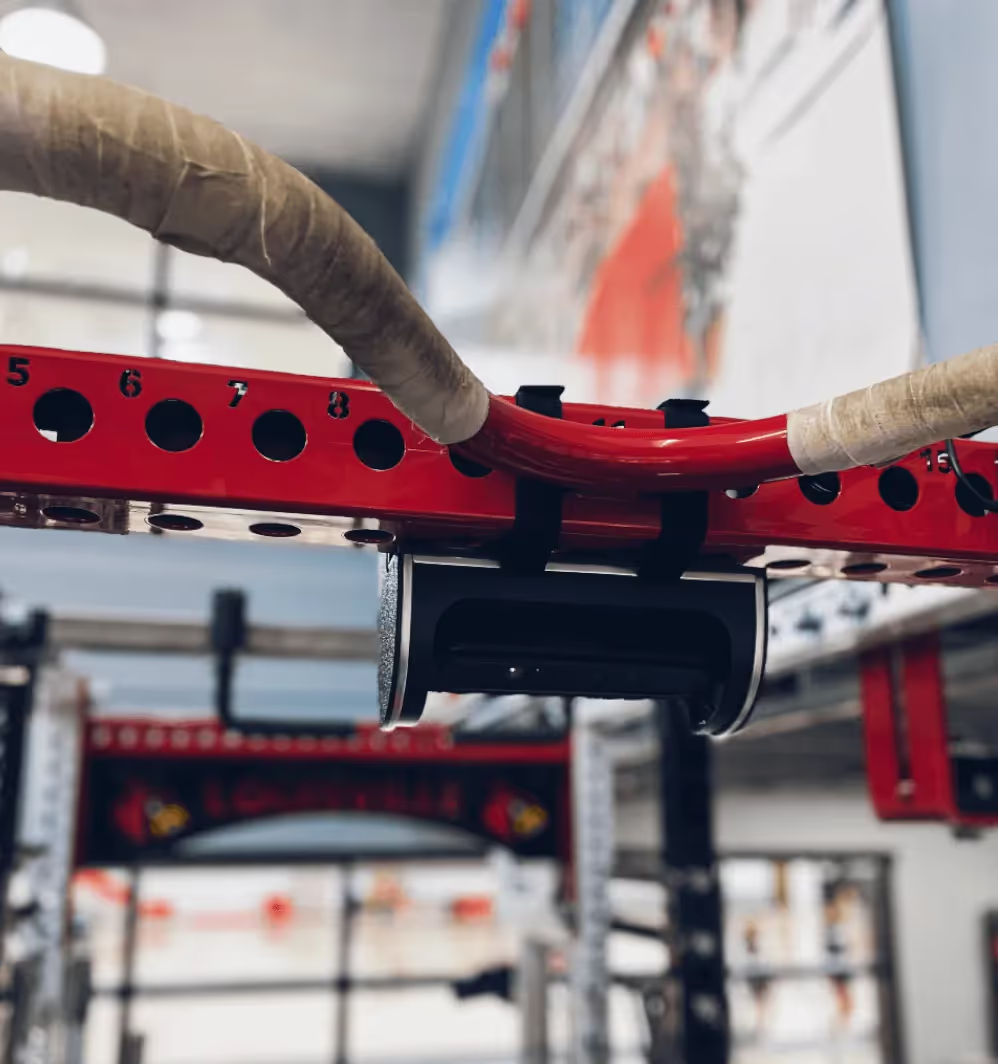






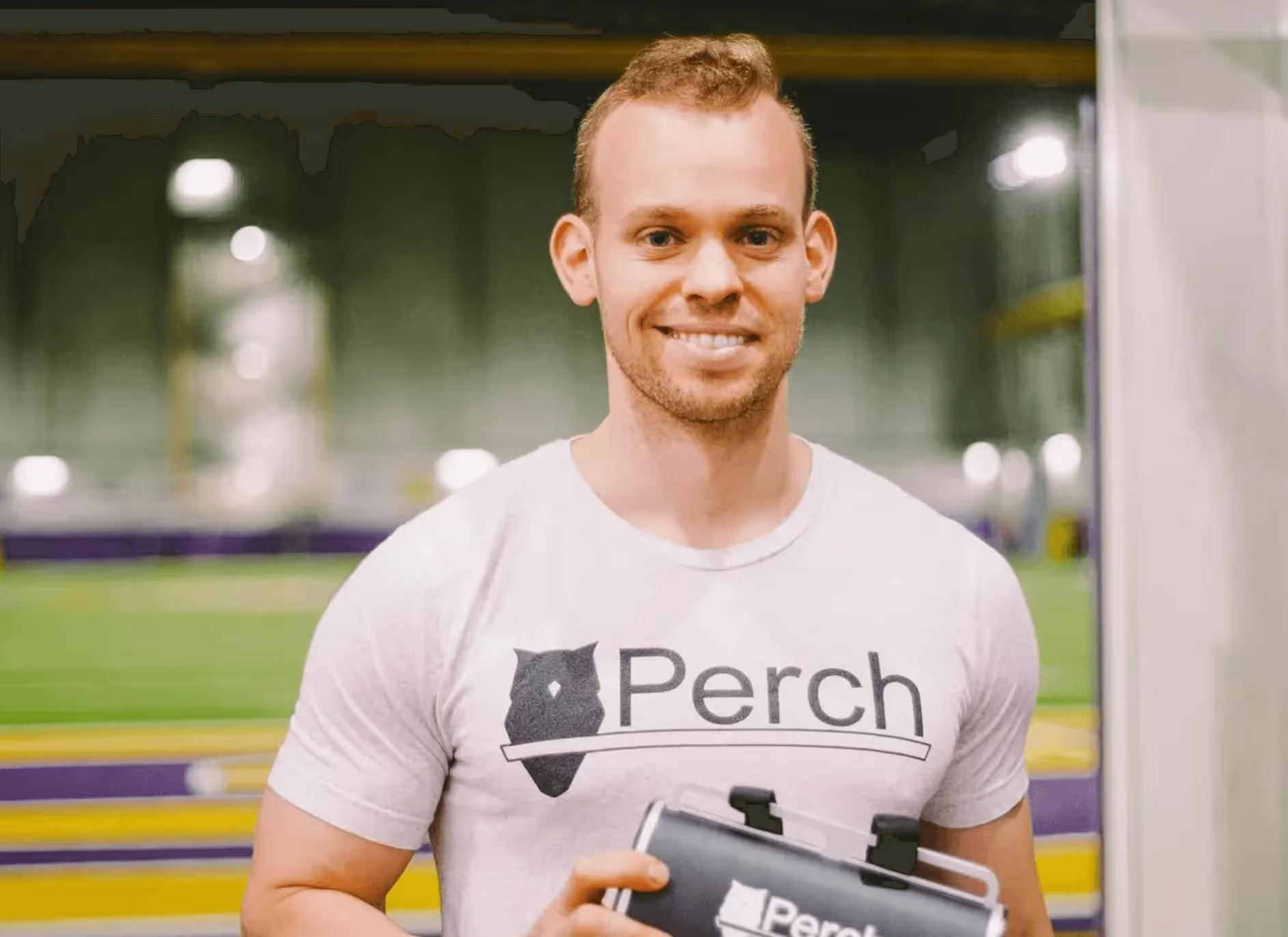





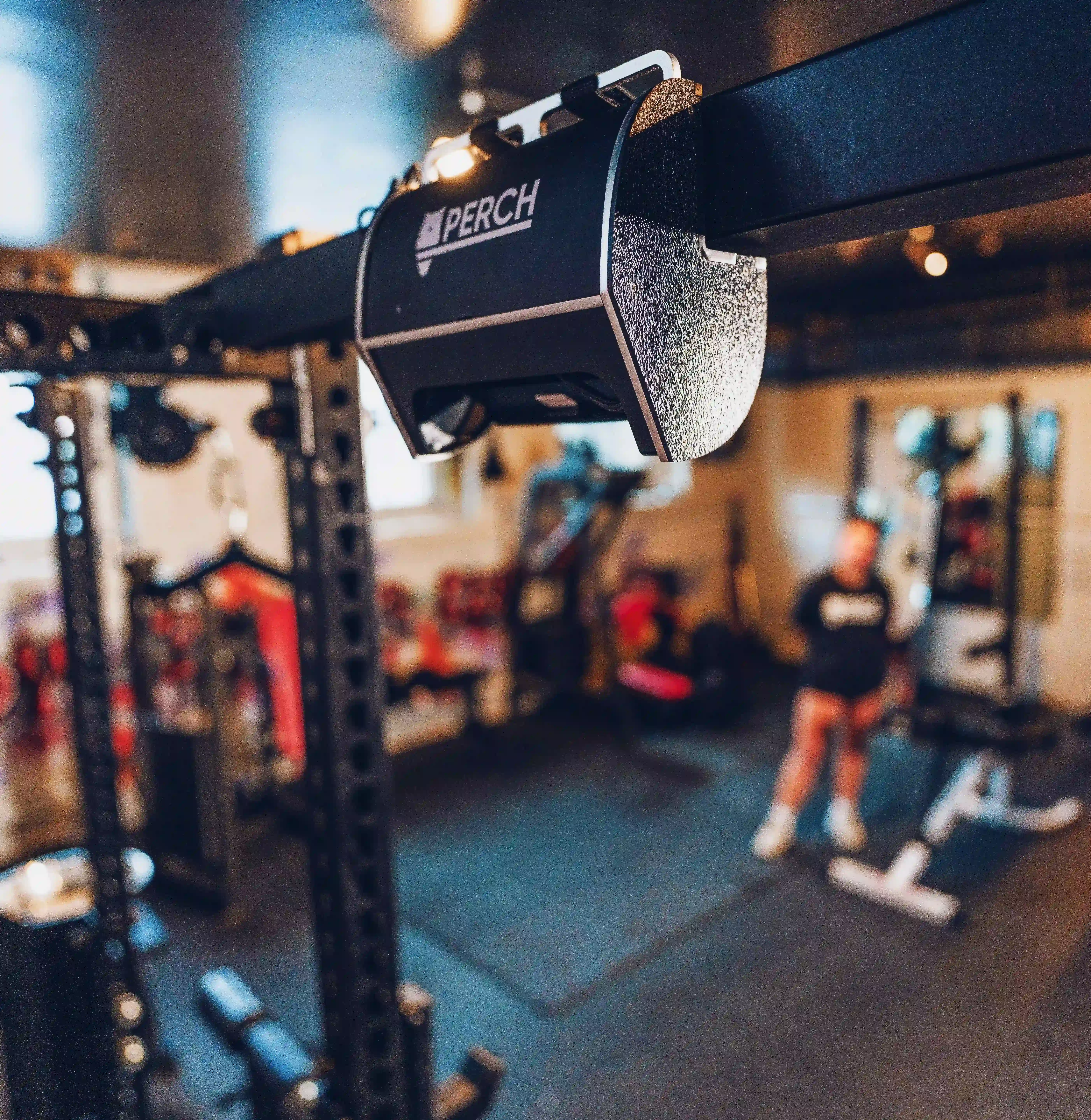


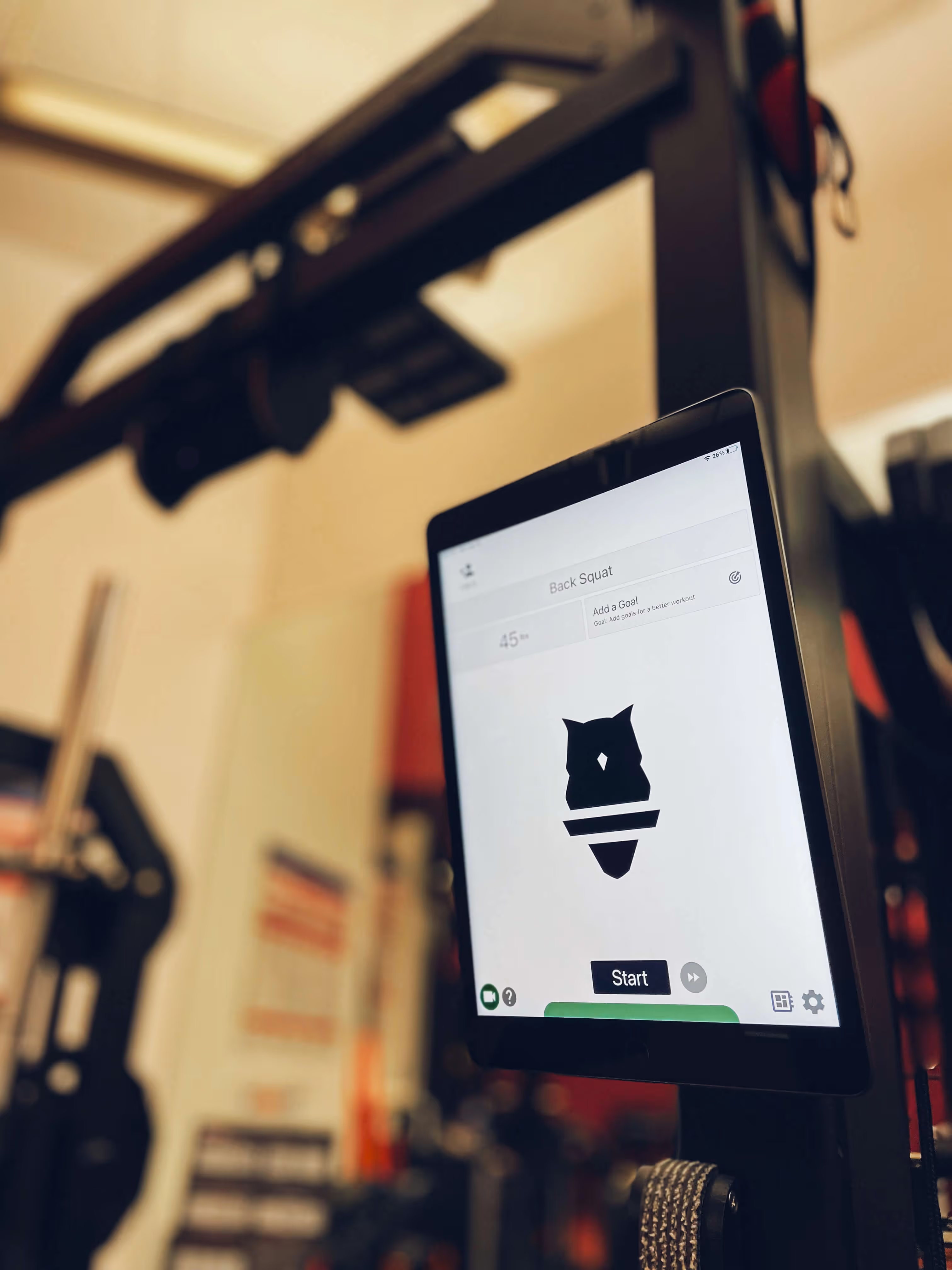








.avif)






